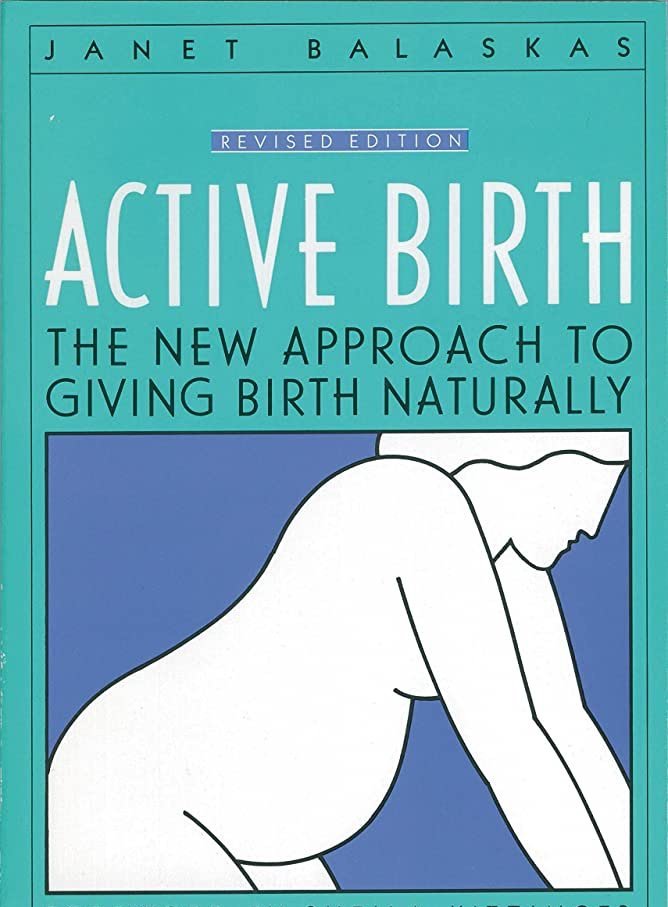The Labor & Birth Stage
Congratulations, you’re ready to give birth!
You have made it through your whole pregnancy and are now just days, or maybe hours, away from going into labor and having your baby! You have done everything you can do to get prepared. It can feel like you’re just playing the waiting game now. During these last days of pregnancy, you might feel a burst of energy. You might feel like rearranging your entire nursery or deep-cleaning the back closet. Or you might feel more like a beached whale, not having the energy for anything. It’s important to listen to your body during this time and get lots of rest as you wait for the big day!
Labor is broken down into several stages and phases: Dilation of the cervix, pushing, and delivery of the placenta. You can read a more in-depth description of each stage and phase, along with suggestions for what to do during each stage in our free Stages of Labor digital download. Understanding what is happening in each stage and phase of labor will go a long way toward helping you relax and settle in for your labor.
It’s common to have Braxton Hicks contractions throughout your third trimester. These can be easily confused with actual labor starting. To know whether your contractions are “the real deal” or not, use the 5-1-1 rule. This rule can help you determine when you should head to your birth place of choice. During early labor, keeping yourself distracted rather than sitting and waiting for each contraction to come can actually help labor progress. Go shopping, take a walk, or watch a movie with your partner. Active labor will come soon enough. It’s important to rest as much as possible during early labor to be prepared for the more intense stages of labor.
What to consider during this stage:
-
There are many routine, widely accepted medical interventions that are used in labor today. Some examples are induction of labor, continuous fetal heart monitoring, routine use of IV fluids, routine vaginal exams, opioids and epidurals for pain relief, and artificially rupturing your bag of waters. It is important that you use your BRAIN to weigh out the benefits, risks, and possible alternatives of these interventions. Natural Hospital Birth goes in-depth on these interventions and more on pp. 253-262.
-
While there are medication options for pain relief during your labor and birth, I want to highlight some non-medicated comfort measures that have been shown to be useful during labor, even for women who know they are going to have an epidural.
Make sure you have adequate support at your birth.
Whether it’s your partner, a family member, or a doula, having continuous support during your labor and birth has been shown to reduce cesarean rates.
Practice breathing and relaxation techniques.
Your muscles can become very tight during labor. Relaxing those muscles is helpful to reduce some pain. Some women focus on a picture or even a small imperfection on the wall during contractions to take their mind off the pain or discomfort. Breathing deeply and proper vocalization (low moaning vs. high-pitched screaming) can help relax and open your cervix, moving your baby down and out.
Change positions and move as much as you can during labor.
Being able to move instinctually during labor allows the bones in your pelvis to move, making room for your baby to descend into the birth canal. Changing positions throughout the different stages of labor gives you the opportunity to work with your body and baby to be as comfortable and effective as possible. Some useful positions are sitting backward on the toilet, using a peanut ball between your legs while laying in bed, slow dancing with your partner or doula, and pushing on your hands and knees. It is important to listen to what your body is telling you during each stage of labor. Work with your contractions and with gravity—moving, swaying, or even dancing to bring your baby through the birth canal and into your arms.
-
In the United States, the cesarean section rate has risen from around 5% in the 1970s to almost 33% today. Several factors contribute to this alarming upward trend. The most commonly cited reason for a c-section in a first-time mom is “failure to progress.” This can be either that labor is not progressing at a quick enough pace or pushing is taking longer than what the provider is comfortable with. Oftentimes early labor (before 6 cm dilation) takes hours or even a couple of days, making a diagnosis of failure to progress before reaching active labor unreliable. Failure to progress is often just “failure to wait” on the provider’s part. Pregnancy, Childbirth, and the Newborn the Complete Guide has an in-depth chapter on cesarean sections.
Sometimes, due to a medical emergency or other reasons, it is not possible to have a vaginal birth. If your provider tells you prior to labor that you need a cesarean, use your BRAIN to weigh out the benefits versus risks of what they are saying. If there is a true emergency, a cesarean can be life-saving to you and your baby. Have a birth plan that allows you to think through options if you end up needing a cesarean. Talk through what that would look like with your birth team. Find out what your hospital’s policies are about c-sections.
Finally, there can be a lot of emotions tied to having a cesarean. You might feel extreme disappointment that you didn’t get the vaginal birth you were hoping for. Maybe you feel robbed of your ideal birth experience. Fear, anger, and sadness are all common emotions during this time. You might feel like you didn’t have a “real birth” because of your cesarean. On the other hand, you might feel extreme relief that your baby is here safely, that you didn’t have a long labor, or that you could schedule your birth instead of playing the waiting game. Maybe you are able to relax in the last few weeks of pregnancy while you wait for your scheduled surgery. It’s most likely that you will feel a mix of any of these emotions and more! Give yourself permission to feel all of the emotions. Identify support people who can help you as you recover from your birth. And congratulate yourself on becoming a mom!













